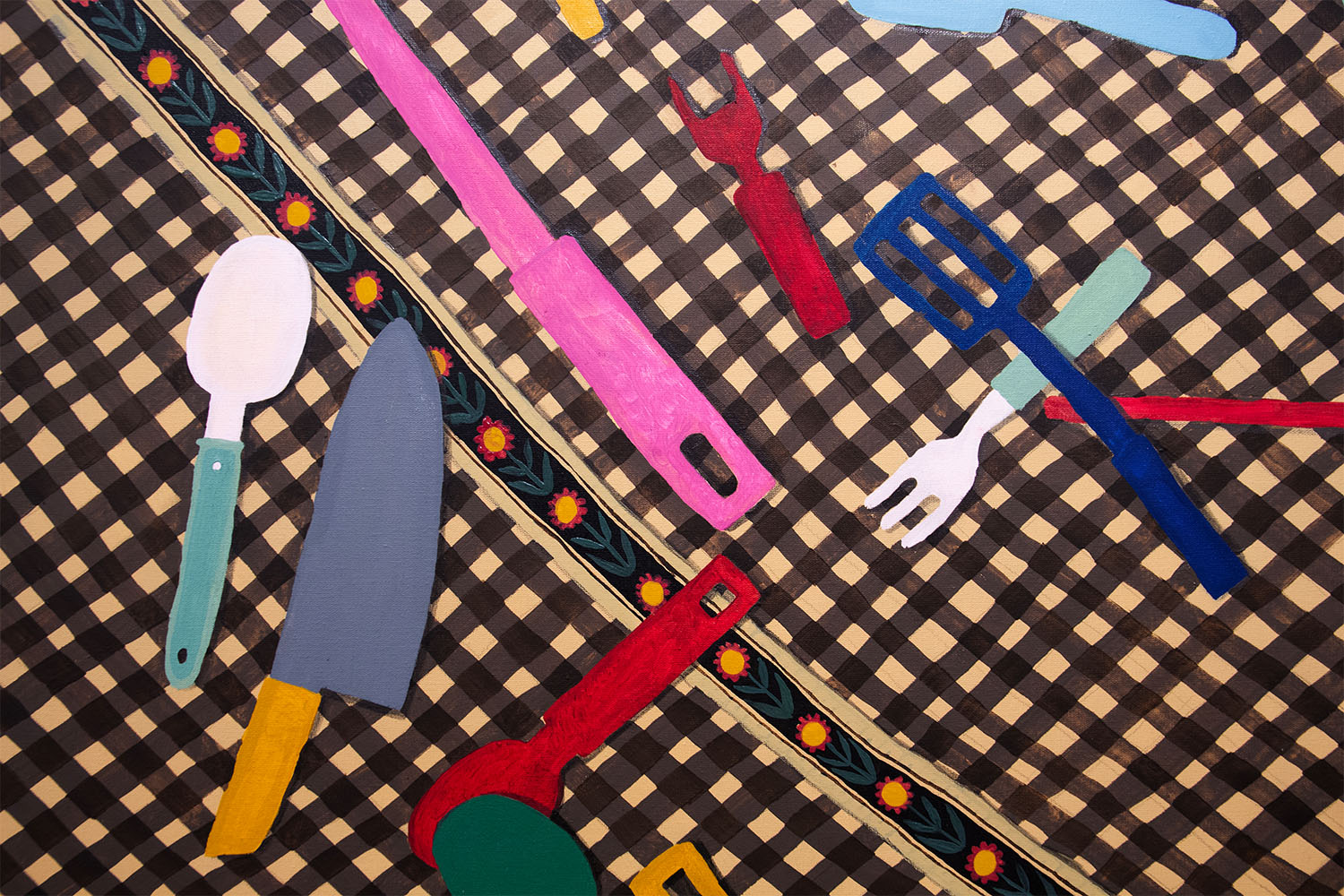Marina Sader
Como construir um castelo?
March 16th, 2023
April 15th, 2023
Galeria Luis Maluf
Peixoto Gomide, 1887
Como construir um castelo?
Italian architect Renzo Piano, known for designing cultural centers, published a tutorial on how to build a perfect sand castle in The Guardian in 2015. In that text, he considered the sand castle the first project of his career – despite its ephemerality. Its essence is in its relationship with the sea, so it is necessary to study the waves to position it properly. For the elaboration of a house of cards, patience is a determining factor. An internet research (in a site ironically called TempoLivre) highlights that the balance between the pieces can only be reached with the friction of the materials: the paper cards placed on a lined surface. Both cases need strategy for their implementation.
At the age of six, Marina Sader tried to build a castle using cards from a deck; she arranged them in diagonal and horizontal lines to establish repeated architectural patterns. However, when she reached the third floor, her castle collapsed. Very early on, with the fall of her house of cards, the artist began to understand how the invisible acts. From the wind, she drew her persistence and other life lessons:
“As a child, I used to take a handful of little flowers and bless people by blowing on them, playing the role of the wind. I have been very intrigued by the wind even, the invisible thing that is assimilated by everyone as real (because in fact it is), but I find it intriguing how, although I cannot see the wind, I can feel it and accompany it in its coming and going. The wind is proof that the earth constantly seeks its own tireless balance, trying to fill all the voids and balancing the leftovers…”
As a response to this uncontrollable force, Marina develops the habit of writing during her quarantine by taking refuge in her fortress – the owl’s burrow – in Campo Limpo Paulista. There, she has the opportunity to experience solitude and to remember old affections intertwined with new perspectives. In the same period, he buries his pet rabbit, Shapiro, representative of his first responsibility of care. In another moment, he notices the family of owls in the next plot of land and observes how they protect their nest. As she sits in the chairs, she is reminded of her grandmother, married to a Herman Miller furniture dealer.
At the end of the isolation period, the artist’s family discusses tearing down and reconfiguring the house. Marina clings to the desire to preserve her escape from reality and forms a personal iconography, then decides to paint her treasures: the Shapiro rabbit, the guardian owls of the grounds, the patterned towels and furniture, the cutlery and glasses forgotten by family members. This time, her house of cards does not fall down – she has over the years developed strategies for doing this kind of construction.
Marina Sader’s personal and artistic maturation process is directly related to the exhibition’s narrative. The tent, the artist’s first installation work, is reminiscent of a safe space, a cocoon without points or punctuations. The cotton fabric, a material also used in the paintings’ canvases, welcomes the passerby into the space. Then the luminaire, like a magic lighthouse, dazzles the visitor’s eyes, which, until then, had been protected from reflections and doubts about the pains of growing up. After this sensory experience, we reach the figuration, a stage in which the objects and characters begin to gain meaning as a kind of visual literacy. These paintings, initially in vibrant colors, are gradually modified and acquire faded tones to demonstrate the changes in the artist’s perspective made possible by the passing of the seasons. Therefore, “How to build a castle?” is the record of her refuge and the break with her childhood.
Marina Schiesari
